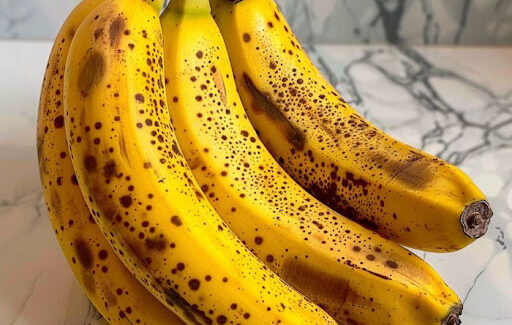
4. Fermentation
Store the jar in a dark, warm place for about 3 to 4 weeks. Stir the mixture every few days to ensure the apples decompose properly and release their flavors.
5. Straining
After the initial fermentation period, the liquid will turn murky, and the apples will settle. Strain out the solids and return the liquid to the jar for further fermentation.
6. The Second Ferment
Cover the jar again with the cloth and let it sit for another 4 to 6 weeks, stirring occasionally. During this phase, the alcohol transforms into acetic acid, giving the vinegar its tangy flavor.
7. Taste and Store
Taste your vinegar periodically. Once it reaches your desired acidity and flavor, transfer it to a bottle and seal it. Your homemade apple vinegar can be stored at room temperature and used within a year.
Conclusion
Making your own apple vinegar is a rewarding process that results in a product far superior to most store-bought varieties. Use your homemade vinegar in dressings, marinades, or as a health tonic to enjoy its many benefits. Happy fermenting!









